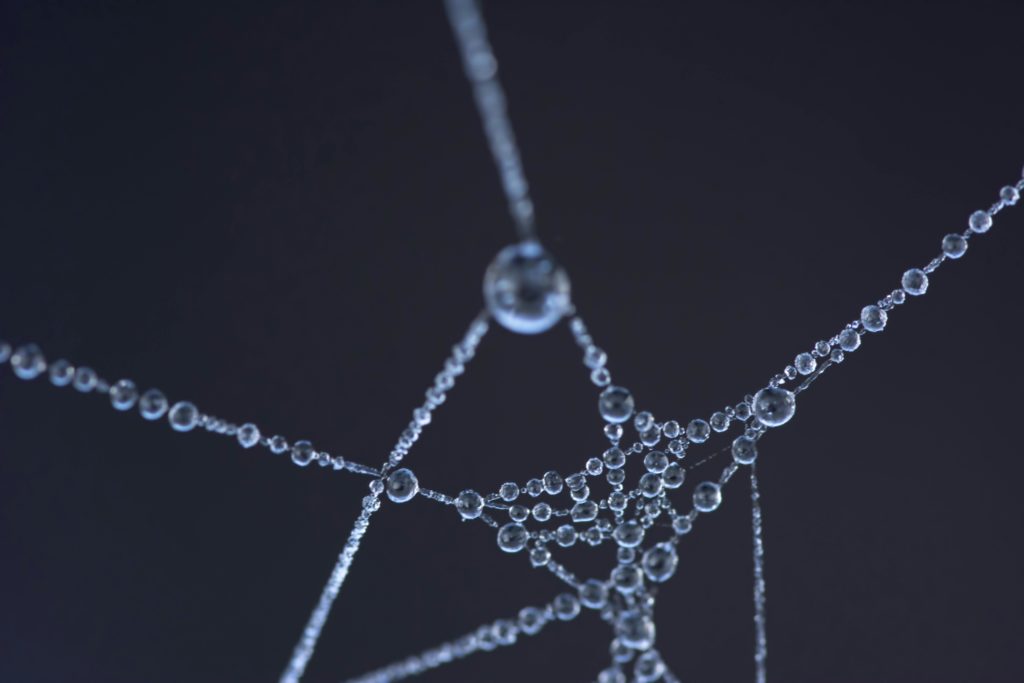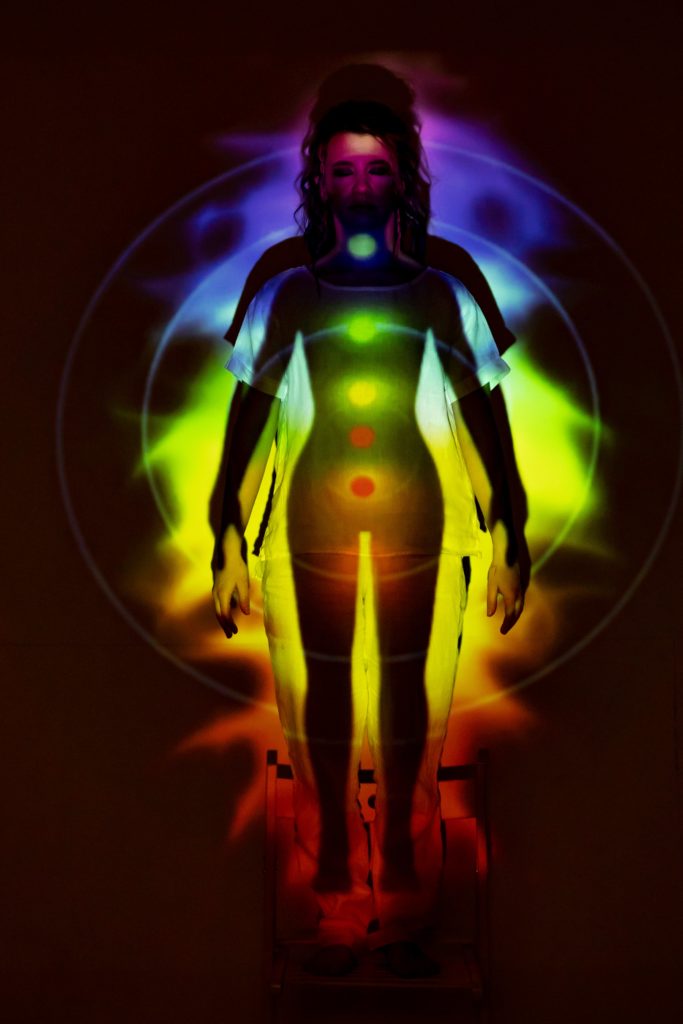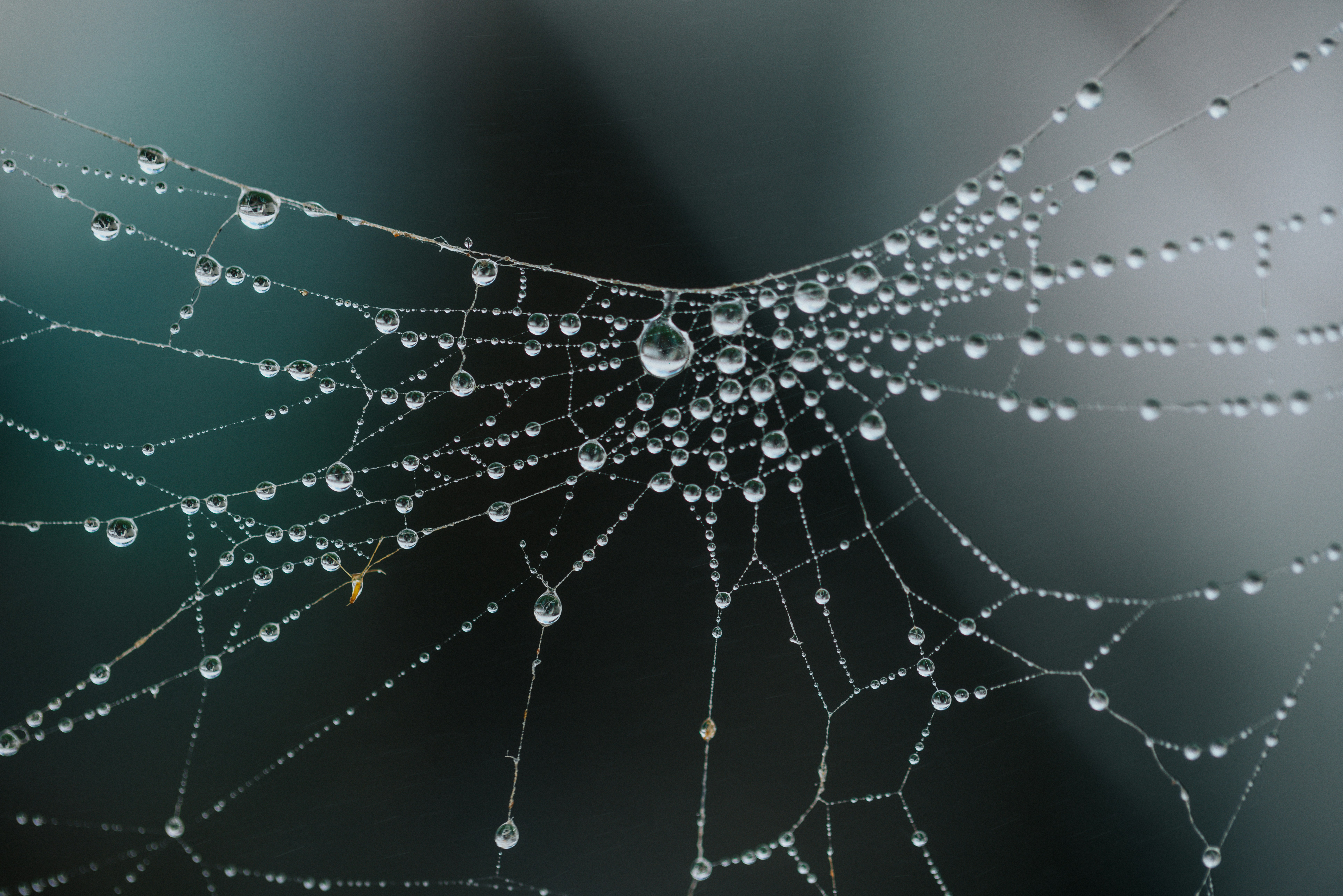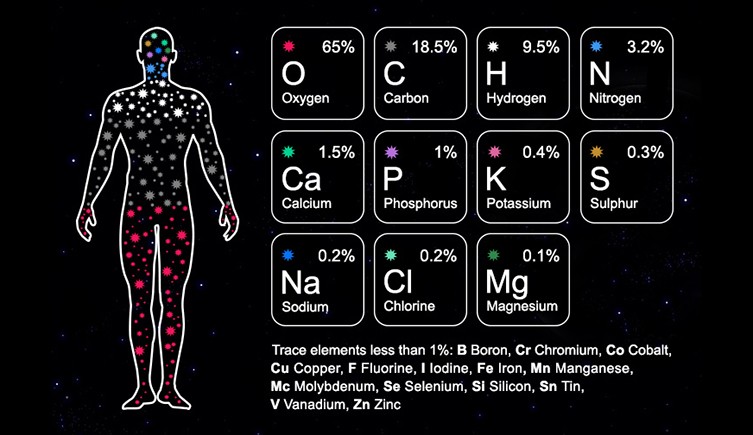If I asked you what the largest organ in the body is, how would you answer? Clue – it isn’t ‘skin’. In fact, it’s an organ that’s been barely researched and actually dismissed in medical science for the past 400 years or so because it does not appear in MRI scans, CT scans, X-Rays or other diagnostic imagery. Until recently, postmortem doctors and scientists would routinely throw it in the bin. So what is this mystery organ? Say hello to ‘fascia’.

I should start this article off by saying I am in no way any kind of medical expert (I have to muster all bravery to have a blood test) so these thoughts are a collection of the light research I have conducted on the subject after reading up on fascia and its connection to chakras and energy healing. Although it is a fairly new research topic, there is some conflicting information about fascia already. An example of this is that some medical professionals consider fascia and skin to be an organ that is one and the same. For the purposes of this post, I am going to concentrate on fascia as its own entity. I have included a list of the main sources of research I have used at the end of this post should you want to conduct any further reading (I would love to hear your thoughts in the comments below).
So, what is fascia? Fascia comes from the Latin word ‘fascia’ and translates to ‘band’ or ‘bundle’. Fascia is the physical membrane that covers all of your organs, bones, ligaments, muscles and every single one of the trillion cells in your body. It makes up around 20% of your body weight. If you opened up a cadaver, you’d see it. Imagine fascia to be like a huge interconnected web. There is no start and finish, it’s a web covering everything. There are different types of fascia. Superficial fascia underneath your skin and deeper layers that wrap around your bones and muscles are a couple of examples. Just like a spider’s web, if you tug on one part of the fascia – it can have consequences for the whole web. Areas not even close to the original source of tension can be affected.
What is fascia made of?
Fascia is primarily composed of collagen fibres, along with elastin and reticulin fibres. It also contains water and a gel-like substance called ‘ground substance’. The extracellular matrix binds fluid, keeping your tissue supple. Hyaluronan, a liquid between fascia layers, allows for stretching and movement. At its most dense, fascia is about 3mm thick. The largest band of fascia is the iliotibial band (IT band) and runs down the thigh from the hip to the knee. Fascia is closely linked to the nervous system and has over 250 million nerve endings. This is important to remember for the next section, so read on 😉
What does fascia do?
Protection: One of the key functions of fascia is to protect and support muscles and ligaments, making sure everything is kept in place. It binds around all our muscles, ligaments etc. It provides a smooth surface for muscles and joints to slide against each other so you don’t get injured.
Movement: It allows your body to move and stretch. It supports flexibility and posture. If it is restricted or tightened in any way, you might experience chronic pain, limited mobility and emotional stress (see ‘communication’).
Nutrition: It ensures all nutrients are spread and absorbed around the body effectively. Fascia contains a substance called the extra-cellular matrix or basal lamina, which facilitates nutrient exchange and communication between cells and body parts. This matrix allows for the distribution of nutrients throughout the body’s tissues.
Communication: Almost 70% of your nervous system is made up of fascia. It communicates information and energy throughout your entire system, transmitting hormones (such as adrenaline, estrogen and insulin) and neurotransmitters (such as serotonin, dopamine and GABA) throughout your body. There are studies to show that information is communicated between three and ten times faster through fascia than at a cellular level.
Emotional storage: Remember when I said the fascia has nerve endings? Well, this is partly how your body remembers everything that has happened to it. It can recall not only the trauma itself but your emotional reaction to that trauma.
You might have heard of the book, ‘The Body Keeps the Score’, which talks about trauma being held in the body and going on to affect mental and physical health. Your fascia is holding on to a lot of that emotional baggage. It has memory. It responds to stress, pain and fear. If something stressful has ever happened to you (that’s all of us then), the body – the fascia, remembers it. Stressful situations, physical pain, emotional unrest will cause it to tighten, almost like giving you and your internal bits a massive hug to calm you down. Sometimes, however, it forgets to let go and you’ll experience pain and tension. This is where reiki can help aid recovery.
Anatomical Correspondence: Fascia and the Chakras
Before we go into how reiki can help, I want to speak about where the chakras come in to all this. And this is where I think it gets cool. The chakras (from the Sanskrit ‘wheels’) are the spinning energy points across your body. Some say there are up to 114 chakras, but there are seven ‘main’ centres located from the top of the head down the spine to the tailbone. These seven main chakras are energy centres in the body that play a significant role in our physical, emotional, and spiritual well-being. The chakras are balanced when they are spinning at an even rate.

Here’s an explanation of each chakra:
- Root Chakra (Muladhara)
- Location: Base of the spine
- Color: Red
- Element: Earth
- Function: Governs survival, stability, and grounding
- When balanced: Feels secure and confident
- Sacral Chakra (Svadhisthana)
- Location: Lower abdomen, below the navel
- Color: Orange
- Element: Water
- Function: Associated with creativity, sexuality, and emotions
- When balanced: Experiences healthy relationships and emotional stability
- Solar Plexus Chakra (Manipura)
- Location: Upper abdomen
- Color: Yellow
- Element: Fire
- Function: Relates to self-esteem, personal power, and confidence
- When balanced: Feels self-assured and in control of one’s life
- Heart Chakra (Anahata)
- Location: Centre of the chest
- Color: Green
- Function: Governs love, compassion, and relationships
- When balanced: Experiences open-heartedness and healthy connections with others
- Throat Chakra (Vishuddha)
- Location: Throat
- Color: Blue
- Function: Associated with communication and self-expression
- When balanced: Communicates clearly and authentically
- Third Eye Chakra (Ajna)
- Location: Between the eyebrows
- Color: Indigo
- Function: Governs intuition, wisdom, and perception
- When balanced: Experiences clarity of thought and enhanced intuition
- Crown Chakra (Sahasrara)
- Location: Top of the head
- Color: Violet or white
- Function: Represents spiritual connection and enlightenment
- When balanced: Feels a sense of unity with the universe and higher consciousness
Each chakra is believed to influence specific aspects of our physical, emotional, and spiritual well-being. When these energy centres are balanced and functioning properly, they contribute to overall health and harmony in the body and mind.
So what has all this got to do with fascia? *Drum-roll please*…..
The horizontal bands of fascia that cross the spine correspond to the traditional placement of chakras.
So, the thicker bands fascia and the chakras actually align, suggesting a physical basis for the chakra system within the body’s connective tissue.
As an example, we can look at fascia and the solar plexus (third chakra), which are closely interconnected, with fascia having a significant presence in the this area. The solar plexus, also known as the ‘celiac plexus’, is a complex network of nerves located in the upper abdomen, just below the diaphragm. The solar plexus plays a crucial role in the functioning of several organs, including the stomach, kidneys, liver, and adrenal glands. The fascia in this area is particularly organised, forming a horizontal band that aligns with the solar plexus chakra location.
There is much more research that is being conducted in this area and I am currently reading up on it as much as I can. It’s so useful to see how the science comes into it.

Fascia Care
So now we know a bit more about the fascia, how do we look after this organ? It’s pretty straight forward stuff. Like most things in life, there seems to be a ‘use it or lose it’ theme. The main advice is to keep moving; keep stretching and keep your body flexible. Almost 70% of fascia is water, so ensure you are hydrated if you want your physical and energetic body to be working as best it can.
Other advice to keep your fascia fantastic:
Deep breathing – Remember you are a united body and mind. Emotional trauma can get trapped in your fascia. Deep breathing and meditation can keep the internal energy in your body moving and reduce the chances of stress impacting the body.
Acupuncture – an acupuncturist will stick needles in the fascia that is most stiff to help tissue relax.
Massage – there is a type of massage called ‘myofascial release’ that helps loosen muscles and joints, thus increasing mobility in the musculoskeletal system by applying pressure and stretching to relieve restrictions.
Energy work – by addressing energetic imbalances, Reiki can help prevent or release fascial tension and stiffness, which can contribute to pain and limited mobility. While Reiki is not a direct physical manipulation of the fascia, it is thought to complement other fascial care techniques by addressing the mind-body connection and promoting overall healing and wellbeing. How cool is that?
I could spend another few hours writing about all this. I honestly find it fascia-nating (not sorry). There is so much more to learn about fascia as it is still such a relatively new area of research. My reading continues. No doubt there will be a part 2 to this post.
Let me know if you have any thoughts on this post. Are you intrigued by fascia?
Sources
What is fascia? https://www.webmd.com/a-to-z-guides/what-is-fascia; https://www.verywellhealth.com/what-is-fascia-5079645; https://www.brettlarkin.com/what-is-fascia-in-the-body/; https://blackroll.com/article/what-are-fasciae
Fascia and memory https://www.bodyworkmovementtherapies.com/article/S1360-8592(13)00192-7/fulltext
Fascia, the nervous system and the vagus nerve https://drarielleschwartz.com/fascia-and-the-vagus-nerve-dr-arielle-schwartz/; https://fasciaguide.com/research/the-nervous-system-resides-in-fascia/
Healthy fascia https://itsallabouthealth.co.uk/how-to-keep-your-fascia-healthy/

